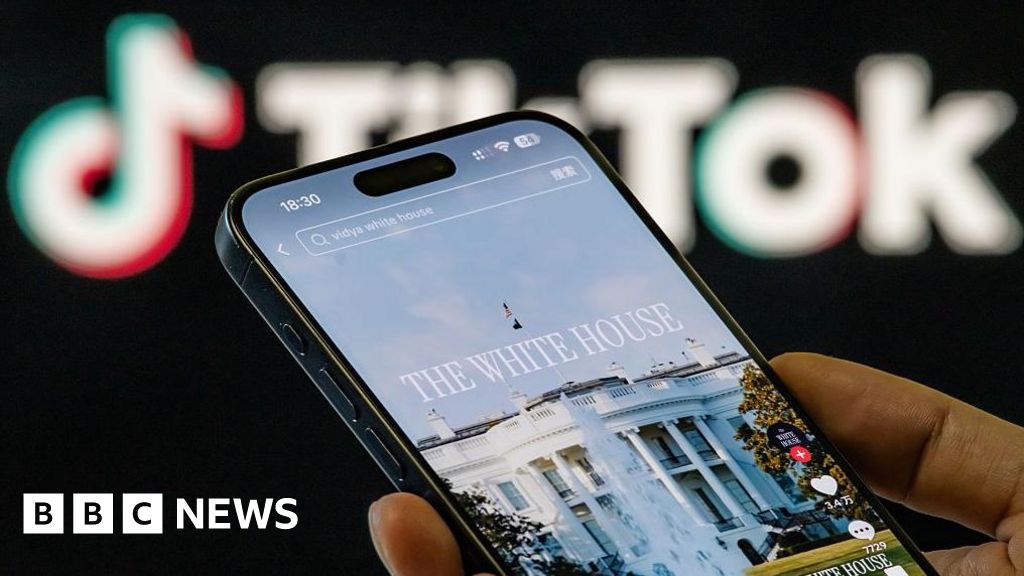
Uncertainty is the defining condition of our time. The pandemic reminded us how quickly our systems can fracture. Today, with political shifts, economic instability, and technological disruption intersecting, leaders are preparing for more turbulence ahead.
From where I sit, however, there are nearly 2 million reasons to be optimistic. America’s 1.9 million nonprofits make up a fiercely resilient force for scaling impact to our toughest challenges. They deliver food and housing, safeguard youth wellbeing, respond to natural disasters, and fight for fairness and opportunity. They are trusted by millions of people across many topic areas—and they are built to move fast, adapt, and deliver under pressure.
It’s no secret that technology is a force-multiplier when it comes to an organization’s impact. Research from the Blackbaud Institute shows that nonprofits report faster fundraising growth and higher readiness for disruption when they are able to rely on technology to move their missions forward.
But they are facing barriers to the single most important tool to unlocking amplified impact: AI. In a recent survey of fundraisers, less than one-third of nonprofit respondents said they believe they have the resources to explore AI use in their organization, despite 82% identifying as users—and only 26% agreeing that they have the technical expertise to use AI effectively.
Subscribe to the Daily newsletter.Fast Company’s trending stories delivered to you every day
Privacy Policy
|
Fast Company Newsletters
This is the moment to close that gap and ensure AI reaches every nonprofit team on the frontlines of our communities.
Building capacity and augmenting humans
AI is already proving it can cut grant writing and research time drastically, draft tailored fundraising materials at scale, and help smaller teams operate at similar levels of efficiency once reserved for large organizations. At its best, AI augments humans: It frees nonprofit leaders to spend less time on repetitive tasks and more time strengthening ties with funders, telling stories of impact, and delivering services to communities in need. For the roughly 90% of nonprofits that report less than $1 million in annual revenue, AI may be the most consequential capacity-building and human-augmenting tool in recent memory.
But the answer isn’t simply “more tech” or “more AI.” What we need most is a shared commitment to remove barriers to AI for the nonprofit sector. To get there will require not just smart tools, but smart partnerships and collaboration across sectors—impactful work that can be done by executives, employees, and the rising generations of the workforce alike. Each has a distinct role to play in helping nonprofits harness AI for greater efficiency.
For business leaders, board service is no longer solely about governance. It’s an opportunity to help organizations think strategically about data, cybersecurity, and how to responsibly integrate AI into their operations. Every nonprofit should have a “technology plan” alongside its strategic plan, and board members with private-sector expertise can help make that shift possible.
At the same time, facilitating opportunities for broader engagement is critical. Volunteerism in the U.S. still hasn’t recovered to pre-pandemic levels, according to the Generosity Commission. This shortfall comes at precisely the moment nonprofits need more hands-on help. Skills-based volunteering, where professionals contribute expertise in areas like technology, finance, or operations, fills critical gaps. Companies can encourage staff to lend their skills directly to local nonprofit partners, or create pro bono programs that multiply the impact of nonprofit teams.
The next generation
Looking to the next generation, young professionals are seeking purpose-driven careers. Business leaders can mentor these young workers, support programs that position early-career employees alongside nonprofits, and help nonprofits take advantage of their digital native perspectives. Even when roles aren’t explicitly tech-focused, these young professionals can act as catalysts for AI adoption and digital transformation.
advertisement
Together, these steps do more than boost nonprofit efficiency. They lead to durable partnerships, create a culture of knowledge transfer across sectors, and ensure the AI opportunity gets maximized. Capturing this moment also requires a new approach—modernizing funding models, policies, and norms so that technology is recognized as essential infrastructure. It means reimagining how “overhead” is understood, defined, and funded, so AI has the best shot at strengthening nonprofits’ ability to deliver impact and outcomes.
Nonprofits are often the first responders in a crisis or time of need. With AI in their hands, they can also be the most efficient responders. When AI makes nonprofits and their teams faster, stronger, and more resilient, its value is felt not only within organizations but across every community they serve.
We’ll know we’re successful when every nonprofit, large or small, can harness AI to strengthen its mission—and when business and philanthropic leaders see themselves as part of that adoption solution. Imagine a future where every nonprofit team, regardless of size, has the digital muscle to respond to crises, scale impact, and tell their story with clarity and power.
That’s not a distant vision. It’s a future within reach, and it might just be the highest-leverage investment we can make for society.



